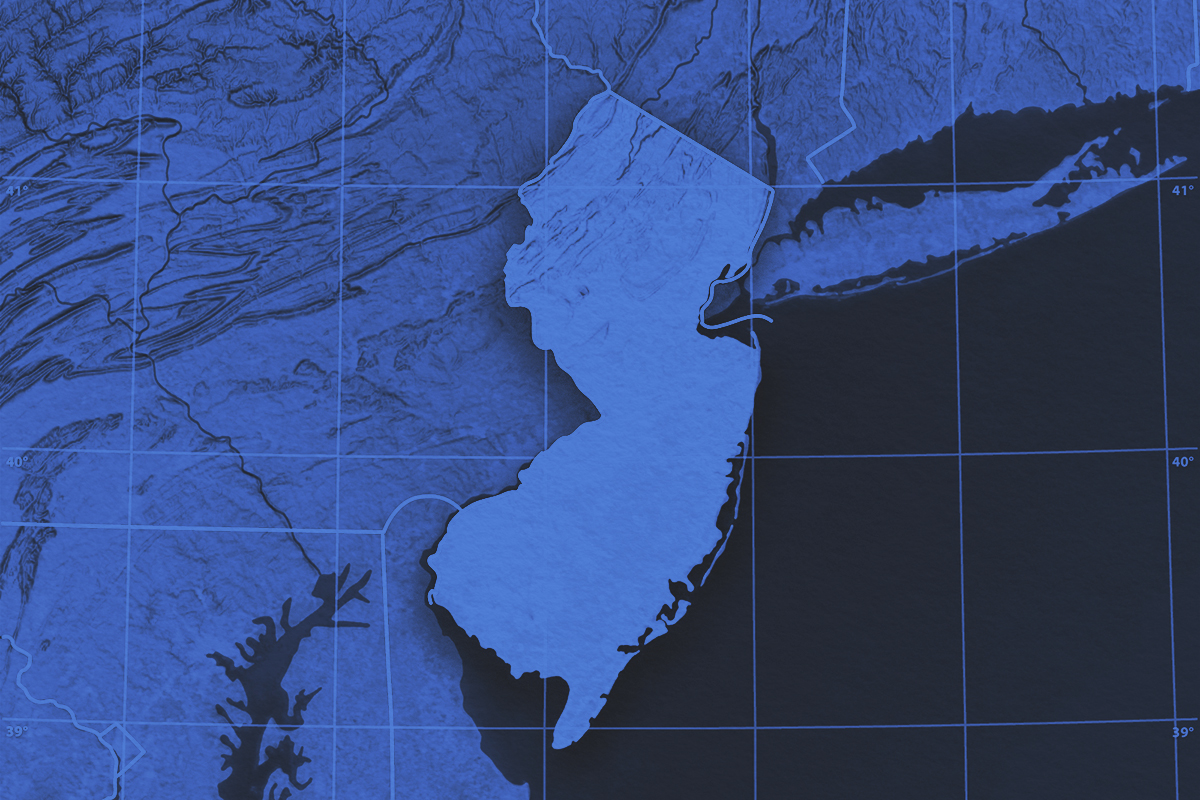
There’s nothing like taking a long drive to contemplate your thoughts. But as you cruise along, you may spot different signs and start to wonder about the types of roads you’re traveling on. What do terms such as “interstate,” “highway,” and “freeway” actually mean, and what’s the difference between them? It’s common to use these words interchangeably to describe any long stretch of paved road with a high speed limit, but each term exists for a reason and describes something quite distinct. Here’s a guide to understanding the differences between these words.
The term “interstate” technically describes any road that connects multiple states, which could be a highway, a freeway, or even a tiny back road used by locals. That said, it’s often used in reference to the U.S. Interstate Highway System, referring to large roads connecting major U.S. cities. You can use the word on its own to refer to a road between states, or as an adjective to further specify a type or road, such as “interstate highway.” But the word isn’t exclusive to roadways: “Interstate” can also describe any topic involving two or more states, as in “interstate commerce” or “interstate relations.”
“Highway” is a term specifically defined by the U.S. government as any “public street, public alley, or public road … that is regularly and openly traveled by the general public.” This definition also includes any privately built or maintained roads, so long as they’re also accessible to and frequently traveled by the public. In other words, these are roadways that get a lot of traffic. Highways can have stoplights and/or cross streets, and don’t require on or off ramps. Also, while some highways are subject to tolls, toll booths aren’t a defining feature. In fact, only 2,900 miles of the 46,730-mile U.S. Interstate Highway System is made up of toll roads.
All freeways are highways, but not all highways are freeways. Freeways are defined as highways where access is controlled, usually by mandatory on and off ramps. There’s also quite often a median or divider that separates the two directions of traffic. Any driver looking to cross the freeway must do so by using an overpass or underpass, instead of crossing the road at an even plane. Freeways are also defined by the Oxford English Dictionary (OED) as a “toll-free highway,” so you should not expect to pay any fees while traveling down your local freeway.
The term “parkway” was coined in the 19th century during construction of the Eastern Parkway in Brooklyn, New York. The word first appeared in print around 1875, and describes highways, boulevards, and other roads that are specifically intended for scenic driving. Many parkways are specially landscaped to maintain the surrounding natural beauty — something that can’t be said for all highways and freeways.
An expressway is a highway designed specifically for high-speed traffic. Expressways are usually quite wide and have two or more lanes in each direction, allowing for faster-than-normal travel. Access to these roads can be fully or partially controlled, and there’s usually a median to separate traffic. There are few to no hindrances (such as tollbooths or stoplights) along the road to maximize driving efficiency. A similar term is “motorway,” which is defined by the OED as a road “having two or (usually) more lanes in each direction designed for use by fast, long-distance traffic.”
Turnpikes exist for the explicit reason of collecting tolls. This term can be used to refer to any roadway with tolls, whether it’s a highway, an expressway, or anything else. The first official U.S. turnpike in the United States, the Philadelphia and Lancaster Turnpike, was created in 1792. This road — excuse the pun — paved the way for future turnpikes throughout the country.
A frontage road is any road that runs along a main highway, freeway, or other major thoroughfare. The term dates back to the 1860s, and has long been used to describe parallel roads that give drivers easy access from the main road to adjacent houses and businesses. “Service road” effectively means the same thing. These types of roads are meant to give easier access to nearby sites without clogging up traffic on the main roadway.

















